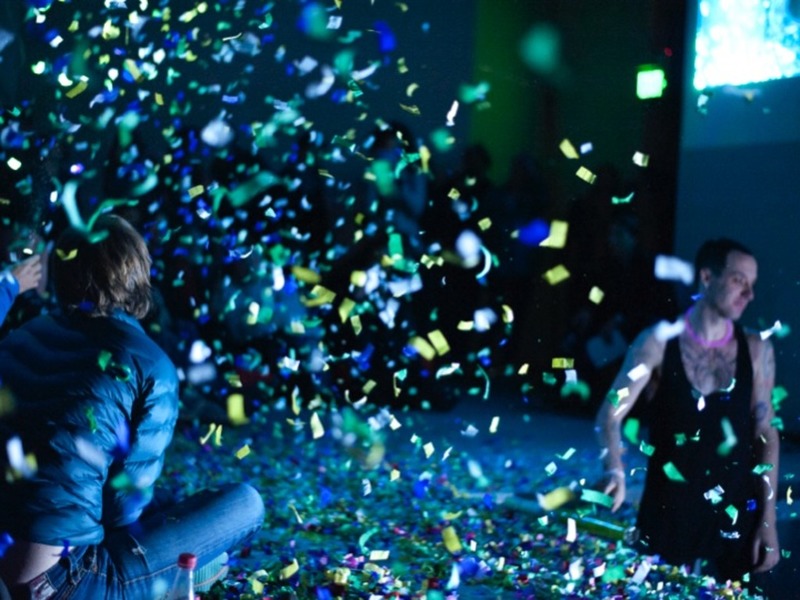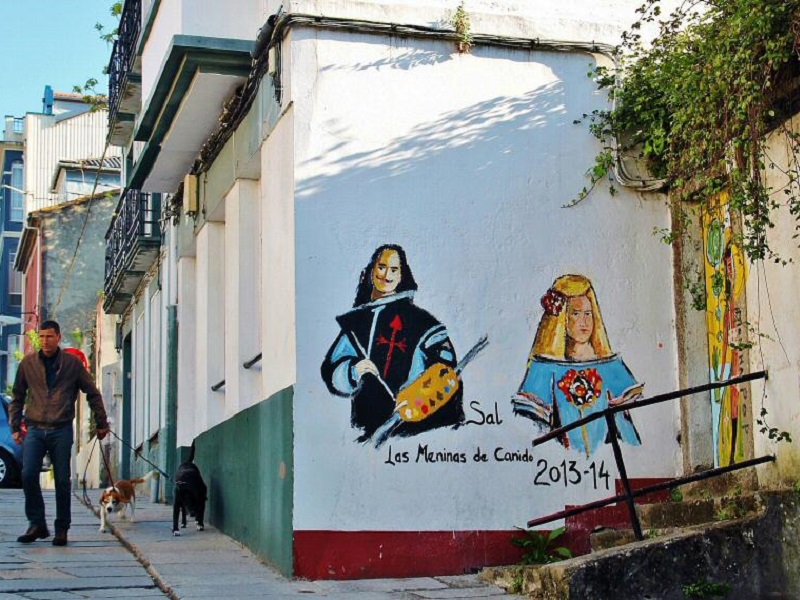
10 inspiring case studies about culture and creative industries!
CUMBERSOME DEMOCRACY: WHY EUROPEANS SPEND SO MUCH TIME DEVELOPING STRATEGIES
Olesia Ostrovska-Liuta, expert at the Culture 2025 platform, on how EU countries produce their policies, what mechanisms are in place, and why they are that way.
UNITED VOICE: HOW THE EU’S CULTURAL COMMUNITY GETS THROUGH TO THE AUTHORITIES
How can we make the needs of culture visible and important for the authorities and society?
CONVERSION EXPERIENCE: ISLANDS OF CREATIVITY ARE CHANGING EUROPE
European countries have in fact already gained some experience of urban transformation in which cultural practices played a significant role. How did this take place in practice and is this experience relevant for us?
NON-FORMAL EDUCATION IN CULTURE: LONG-TERM DEPOSITS WITH HIGH RETURNS
How the system of non-formal cultural education works in three European countries: the UK, France and Estonia, how it can interact with formal education and how these effects operate in the long run?
CULTURAL DIPLOMACY: THE ELEGANT TANDEM OF ARTS AND POLITICS
Different states have different forms of collaboration with cultural institutions and these models have their advantages and disadvantages. Therefore, it is important to analyse them and select the most suitable for each particular case.
BETWEEN ENTERTAINMENT AND POLITICS: WHAT IRRITATES THEATRE PROFESSIONALS IN DIFFERENT COUNTRIES
What do contemporary theatre systems look like in different countries, how does dialogue between the theatre and public take place, what works for and what irritates theatre professionals in different countries?
DECENTRALISATION: THE POLISH ART INSTITUTION EXPERIENCE
How do some cultural centres look in today’s towns across Poland?
THE CREATIVE ECONOMY IN EUROPE: 5 STEPS TO RISE
How can we determine the edge of the creative industry? Where and in what to invest – at least our time? What should be ignored?
FROM SQUATS TO HUBS: WHAT IS THE CREATIVE ECONOMY
Creative activities carried out in art clusters, hubs and art incubators, often located in the revitalised spaces of former industrial zones or abandoned buildings, constitute a significant share of the creative economy. Some of these spaces were created in former squats. Read on below to find out more about this.
MUSEUM MASCOTS, YOGA AND AN IMAX THEATRE: EUROPEAN MUSEUMS FOR EVERYONE
It is the norm in today’s world to have wheelchairs available at the entrance, general information printed in braille, tactile models present at exhibitions, and families with children (this is often one of the largest target groups) receive special educational programmes. This article is an attempt to show how this works in some museums in Western Europe.




